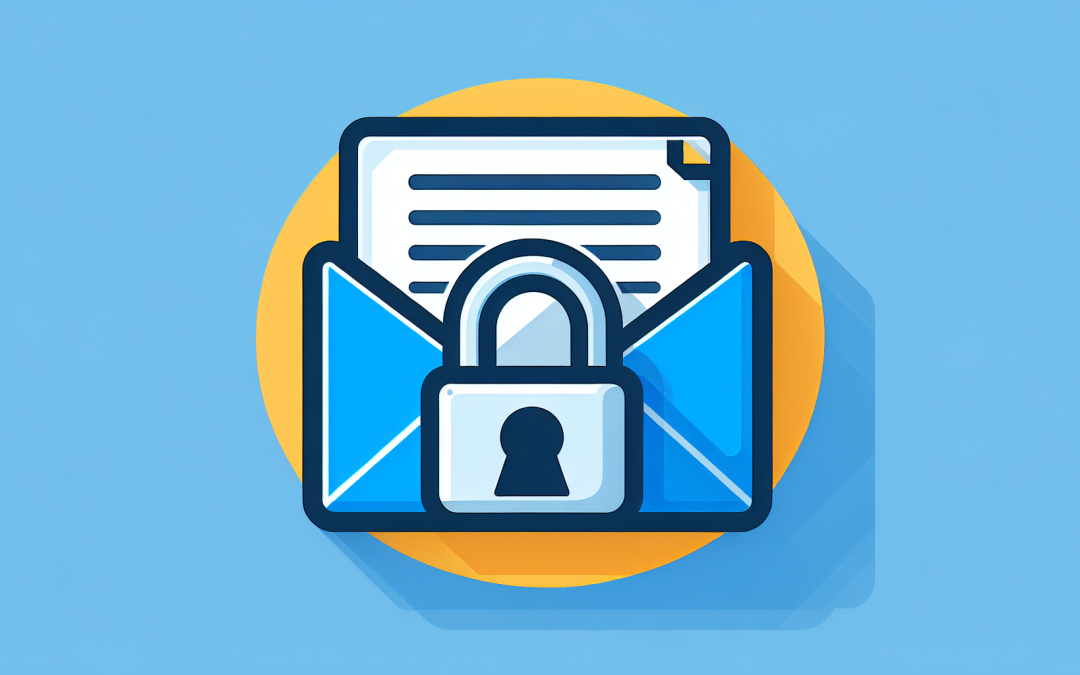Privacy is the new black, and it’s not just a trend—it’s here to stay. Consumers are more protective of their personal data than ever, and as savvy marketers, we need to pivot our strategies to prioritize privacy.
What is Privacy-First Targeting?
Privacy-first targeting is the respectful neighbor who never peeks over your fence. We all love him! This approach collects minimal personal data, ensures it’s securely stored, and uses it responsibly. Not only is this ethically sound, but it also earns you brownie points with consumers, fostering trust and loyalty.
When you apply this approach to email marketing, you’re essentially sending out golden tickets instead of spam. Respecting your subscribers’ privacy nurtures a positive relationship, leading to higher engagement and, ultimately, more sales. Who doesn’t want that?
A Smart or A Necessary Move?
Privacy-first email targeting isn’t just a safe bet; it’s a must. Firstly, it keeps you on the right side of data privacy laws like the GDPR. By gathering minimal data and using it wisely, you stay compliant and dodge hefty fines.
Secondly, it boosts your brand’s reputation. In a world where privacy concerns are skyrocketing, businesses that respect privacy are viewed more favorably. This can translate into increased brand loyalty and customer retention. The result? Your brand becoming the go-to trusted friend in the eyes of your consumers.
Consent: The Golden Ticket
Let’s talk about consent—no, not the kind you need for a marriage proposal, but just as crucial. In privacy-first email targeting, consent is king. It’s about getting explicit permission from users to send them marketing emails. This isn’t just a polite ask; it’s a legal and ethical must-do. Think of it as your users handing over their house keys because they trust you won’t rummage through their stuff. Yeap, it’s as important as it sounds.
The GDPR mandates explicit consent before you can process personal data for marketing. Skip this step, and you’re not just flirting with hefty fines—you’re also risking a major hit to your reputation. Don’t make that face! It’s not just about avoiding penalties. Consent builds trust. When users opt-in, they’re essentially saying, “I trust you with my info.” This trust can lead to stronger relationships, increased loyalty, and higher conversion rates.
Personalization and privacy are like the ultimate power couple in email marketing. Personalization makes your emails relevant and engaging, but it’s a balancing act with privacy. Here’s how to nail it:
1. Get Clear Consent: Use a straightforward opt-in process to obtain recipients’ consent before collecting and using their data.
2. Be Transparent: Clearly communicate how you’ll use their data. A simple, accessible privacy policy works wonders.
3. Limit Data Collection: Only collect what’s necessary. This minimizes privacy risks and simplifies data management.
4. Use Data Responsibly: Don’t be like Martha in Baby Reindeer. Use data to add value, not to intrude.
5. Offer Opt-Out Options: Always give recipients the choice to unsubscribe. It’s respectful and helps maintain a clean, engaged email list.
6. Review Regularly: Keep your practices up-to-date with privacy laws and train your team on best practices.
See? Creating email campaigns that are both effective and respectful of your recipients’ privacy is not rocket science.
The Future is Privacy-First
Imagine being the marketer who’s ahead of the curve, leading a new era where privacy isn’t just a buzzword but a core value. Your subscribers will see you as a beacon of integrity in a sea of data breaches and spammy tactics. Your emails won’t just be messages; they’ll be welcomed guests in the inboxes of your audience.

